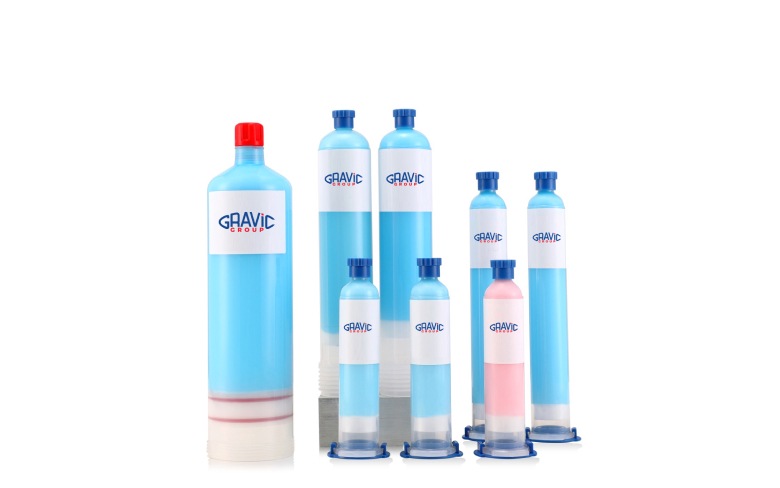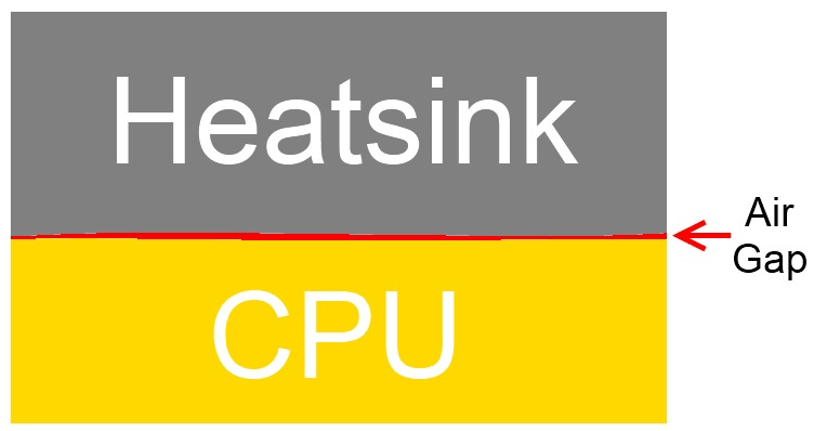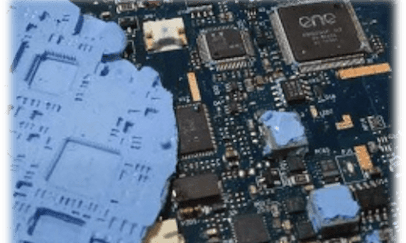Thermal Gel
Home » Thermal Gel
Thermal gel, also known as thermal paste or thermal compound, is a type of thermally conductive material used to enhance the thermal interface between heat-generating components, such as CPUs, GPUs, power transistors, and their respective heat sinks or cooling solutions. The primary purpose of thermal gel is to improve the transfer of heat from the component to the heat sink, thereby improving the overall thermal management and preventing overheating.

Key characteristics and uses of thermal gel:
- Thermal Conductivity: Thermal gel is formulated with materials that have high thermal conductivity. These materials allow heat to flow more efficiently from the hot component to the heat sink, which then dissipates the heat into the surrounding air.
- Eliminating Air Gaps: Air is a poor conductor of heat, and even microscopic air gaps between the component and the heat sink can hinder effective heat transfer. Thermal gel fills in these gaps, ensuring a more direct thermal path for heat to travel.
- Smooth Interface: Thermal gel helps create a smooth and continuous interface between the component and the heat sink. This helps to minimize thermal resistance, which is essential for effective heat dissipation.
- Non-Curing Properties: Unlike some other thermal interface materials like thermal adhesives, thermal gel remains soft and does not cure over time. This property allows for easy reapplication or removal of the heat sink when needed.
- Electrically Non-Conductive: Most thermal gels are electrically non-conductive to prevent short circuits between electrical contacts on the component and the heat sink.
Thermal gel is used in various applications, including:
- CPU and GPU Cooling: It is commonly used to enhance the thermal interface between central processing units (CPUs) and graphics processing units (GPUs) and their respective heat sinks in computers and gaming consoles.
- Power Electronics: Thermal gel is used in power electronic devices such as power transistors and rectifiers to improve heat dissipation.
- LED Lighting: In high-power LED applications, thermal gel is employed to improve thermal management and prolong the life of LEDs.
- Automotive Electronics: Thermal gel is used in various automotive electronic components to enhance thermal performance and reliability.
- Industrial Applications: It is used in various industrial electronic devices and control systems to manage heat generated during operation.
Proper application of thermal gel is crucial to achieving optimal thermal performance. When installing thermal gel, a thin and even layer is applied between the component and the heat sink. The pressure applied when mounting the heat sink helps to spread the thermal gel evenly across the interface. Incorrect application, such as using too much or too little thermal gel, can negatively affect heat transfer efficiency and lead to inadequate cooling of the electronic component.
Thermal conductivity: 1.0 ~ 10.0 W/(m· K)
Applications:
- 5G/6G communications,
- Drone,
- AI/automotive electronics,
- L3-L5 autonomous driving systems,
- Millimeter-wave radar equipment, etc.

Thermal gels are often used on CPUs to improve heat transfer between the CPU and the heat sink. The purpose of these gels is to enhance thermal conductivity, ensuring efficient heat dissipation and preventing the CPU from overheating.




123, Zone Industrielle de l’Argile II, 06370
Mouans Sartoux, FRANCE
Tel. +33 (0)4 93 75 75 34



深圳市格瑞维克电子科技有限公司
深圳市南山区南山街道向南社区海德二道470号海德大厦A1002A
Shenzhen, CHINA